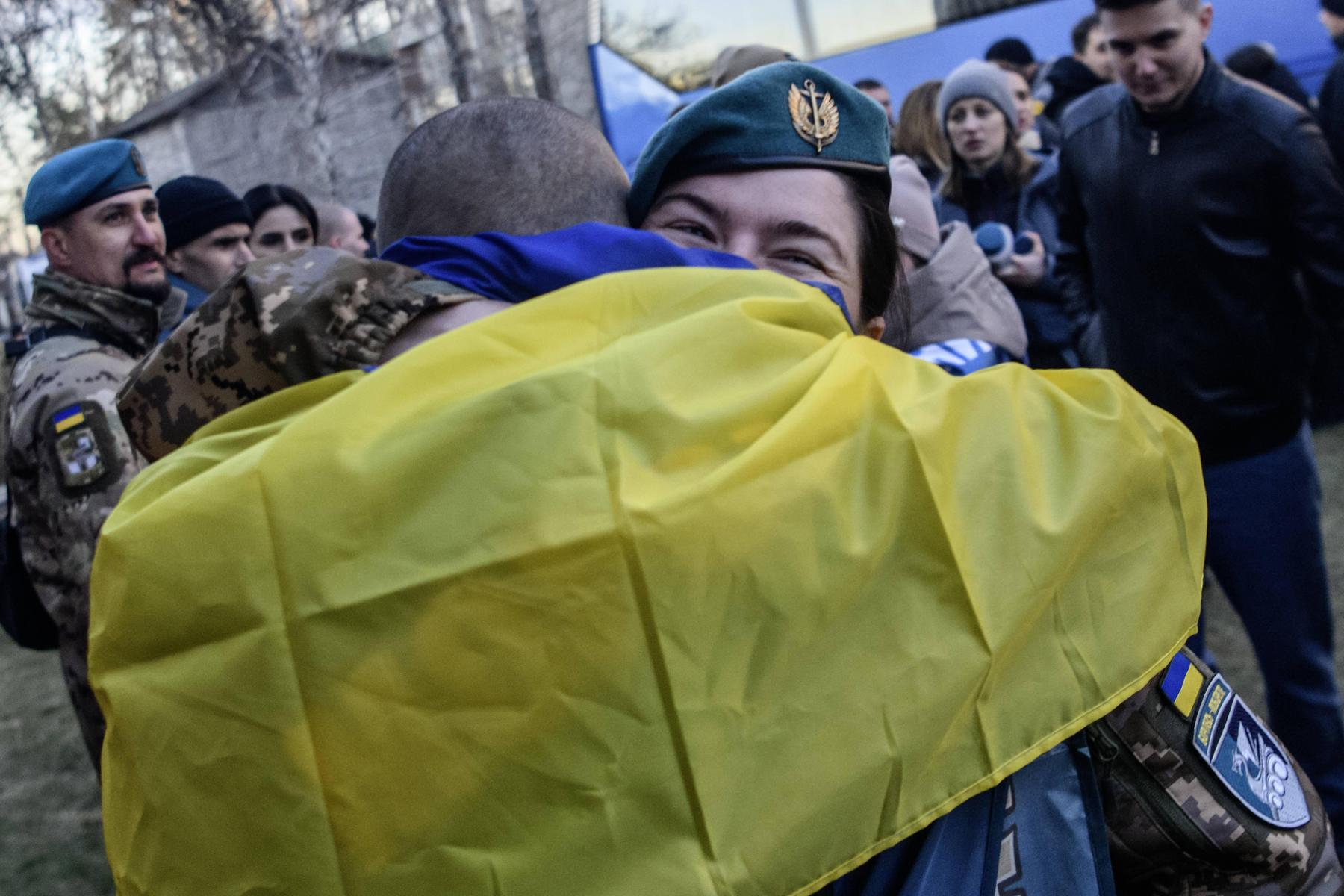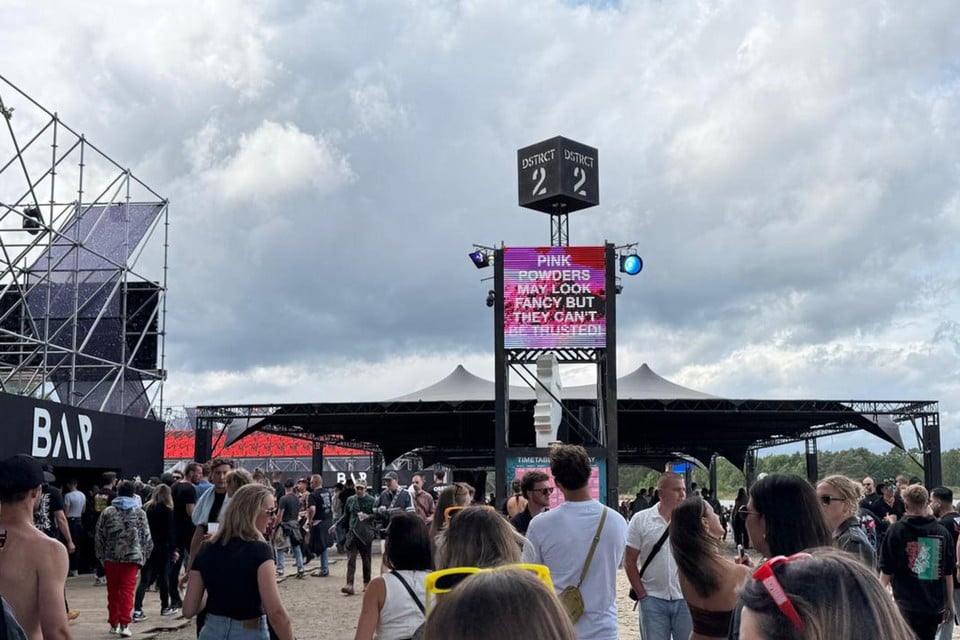observation of death, organization of funerals, conclave … – Liberation

The next days are adjusted like music paper. From the observation of the death to the scrolls of white smoke which will announce the election of the next occupant of the throne of Saint-Pierre, the weeks following death Pope Franciswhich occurred this Monday, April 21, at the age of 88, responded to very strict rules. Edicated in the Apostolic Constitution-revised in June 2022 by François himself-the protocol governing the ritual is regularly adjusted according to the wishes of each. The funeral of Jorge Mario Bergoglio will thus follow a simplified protocol, the Argentinian ecclesiastics having bet, in 2024 and unlike its predecessors, on sobriety.
In accordance with canon law, the papal ballet is meticulously choreographed by the Camerlingue Irish Camenlingue Kevin Farrell. At twenty o’clock this Monday, the latter will be responsible for seeing the effective death of the Pope in the presence of the master of the liturgical celebrations, the Archbishop Diego Ravelli. « Vere Papa Mortuus is » (« In truth, the Pope is dead »), he will then pronounce. Until Pius XII, died in 1958, we saw the death of the chief of the Church by hitting him on the forehead with a small silver hammer. Since April 2024 and the new edition of the liturgical book Ordo Exsequiarum Romani Pontificis By Pope Francis, the observation is made in his private chapel and no longer directly in the deceased room.
Once the death certificate has been written, Camerlingue will then warn the vicar cardinal of Rome, responsible for spreading information among the faithful around the world, as well as the dean of the Cardinals College, the Italian Cardinal Giovanni Battista Re, who will in turn have to inform the cardinals, the diplomatic body and the heads of state.
The Pope’s room and his offices will be immediately placed under seal and the ring on his finger, which he receives during the solemn inauguration of the pontificate, must then be bifted or destroyed. While it is usually the fisherman’s ring, representing Saint Peter in his boat, Pope Francis had decided to wear the one received at the time of his episcopal ordination, in 1992 in Buenos Aires.
Nine -day mourning period – in Latin « November » now opens. The funeral must take place « Between the fourth and sixth day after the Pope’s death », said the Conference of Bishops of France. Between Friday, April 25 and Sunday, April 27. While his predecessors were placed in three nested coffins (one in cypress, one in lead and one in oak), Pope Francis wanted to simplify the funeral. This time, the ceremony will follow a faster unique rite and the Pope will be placed in a simple coffin. For more sobriety, also exit the ceremony for closing the coffin and the exposure of the body from a catafalque in the eyes of the faithful. The coffin will simply be transferred and open to Saint-Pierre to be exhibited for three days. Last change, Pope Francis will be buried in the Sainte-Marie-Majeure basilica of Rome and not at the Saint-Pierre Basilica in Rome.
The body of Pope Francis will be put in beer this Monday, April 21 at 8 p.m., shortly after the observation of the death, in the chapel of the Sainte-Marthe residence in the Vatican, where he had lived since his election. Again, it will be Cardinal Kevin Farrell who will preside the body’s deposition in the coffin.
Waiting for the election of a new name, it is up to Camerlingue to act as an interim Pope. He will then be responsible for current affairs, while all the highest officials of the Roman Curia – the « government » of the Church – must resign from their functions to the death of the Pope. But his powers will be clearly reduced: he will not be able to make any decision, the validity of which would exceed the period of vacancy period of the Holy See or would encroach on the exclusive prerogatives of the Pope.
Then comes the conclave, which must start between fifteen and twenty days after the death of the Pope, while the voters from all over the globe join the Vatican. And the outcome of this closed -door election could be more uncertain than ever. Only cardinals under the age of 80 are allowed to enter the Sistine Chapel to choose the next Pope. They will thus be 135 (out of 252 in total) to get down to it, against 115 in 2013 during the election of Pope Francis. Even if almost 80 % were chosen by François himself, their high number complicates the situation: to be elected, the next pope must reach two thirds of the votes, that is to say 90 votes.
Cut from the world, the cardinals voters will take an oath. Any attempted communication with the outside, jeopardizing the secrecy of the vote, is liable to excommunication. As long as no name emerges, the cardinals voters vote. They will thus slide their secret bulletin into the ballot box four times a day, two in the morning then two in the afternoon. If the outcome of the vote is still uncertain after three days of voting, the cardinals will interrupt their activity while praying and discussing. Then rebelote for three days. In fact, the elections are relatively rapid: John Paul II and François were elected in forty-eight hours, respectively in 1978 and in 2013. Benoit XVI, on the other hand, was only twenty-four hours in 2005.
Each day, the bulletins are burned. If the election did not elect a pope, the smoke which spreads above the Saint-Pierre square is black. If the cardinals have agreed, the smoke is then white. The new pope must be a name, drape himself from a cassock and go to the balcony of the Vatican basilica. Habemus Papam.








